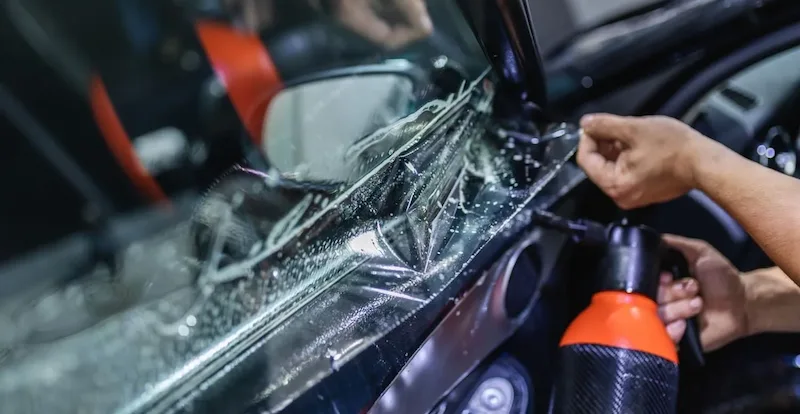Truck Windshield Repair: Safety Guidelines Every Driver Should Know
A truck’s windshield is critical to visibility and overall road safety. Even minor chips or cracks can obstruct a driver’s line of sight or compromise the vehicle’s structural integrity. Because large vehicles face greater exposure to road debris and long hours of travel, windshield damage is a common issue that drivers must address quickly. Knowing when and how to act can prevent small problems from becoming serious safety concerns.
Addressing damage promptly is not just about convenience—it’s a matter of responsibility on the road. Professional truck glass repair ensures that windshields remain durable and reliable under demanding conditions. By understanding repair guidelines and recognizing the signs of damage, drivers can protect themselves and others while maintaining compliance with safety standards.
Regular Inspections and Maintenance
Routine checks are the best way to catch damage early. Make it a habit to inspect your truck’s windshield and side windows before and after trips. Examine for chips, fine cracks, or unusual distortions in the glass. These small imperfections can quickly spread with exposure to temperature changes or road vibrations. Addressing tiny issues right away not only ensures your safety but may also prevent you from needing a full glass replacement.
Prompt Repair of Chips and Cracks
Act quickly if you notice glass imperfections. A small chip can weaken your windshield and pose safety risks if ignored. Modern repair methods can fix chips and small cracks effectively and often cost less than replacement. Many insurers will cover repairs if done promptly, emphasizing the importance of maintaining your vehicle’s glass for safety and airbag deployment.
Professional Installation of Replacement Glass
Regarding truck windshield repair, professional installation of replacement glass is essential for safety and performance. A properly fitted windshield not only restores clear visibility but also helps maintain the vehicle’s structural strength in case of impact. For larger vehicles, such as commercial rigs, semi truck glass repair requires precise techniques and specialized tools to handle the size and stress these windshields endure. Relying on experts ensures durability, reduces risks on the road, and keeps drivers compliant with safety standards.
Recalibration of ADAS Systems
Modern trucks often have Advanced Driver-Assistance Systems (ADAS), such as lane-keeping or collision prevention, that use sensors and cameras on the windshield. After replacing the windshield, recalibration is essential. Improper calibration can make safety systems inaccurate or unusable, risking accidents. Confirm that ADAS recalibration is part of your service.
Defensive Driving to Prevent Glass Damage
Many causes of glass damage are avoidable. Practice defensive driving by maintaining safe distances, especially from heavy trucks that kick up debris. Avoid tailgating and watch for objects or rough patches. Cautious driving protects your glass, enhances safety, preserves fuel economy, and reduces vehicle wear.
Proper Cargo Management
Improperly secured cargo can shift during transit, risking impact against your truck’s windows or rear glass. Always use appropriate tie-downs or barriers, and regularly inspect cargo. Evenly distribute the load to minimize abnormal force. Good cargo management helps maintain your glass and vehicle structures and ensures compliance with safety regulations.
Conclusion
Caring for your truck’s glass is an integral part of staying safe and compliant on the road. Regular inspections, immediate repairs, relying on expert professionals for replacements, and observing careful driving and cargo practices are all vital for your truck’s reliability and your own peace of mind. These strategies prevent dangerous situations and help you avoid unnecessary expenses, ensuring that visibility and structural strength are never compromised on your journeys.
Visit the rest of the site for more interesting and useful articles.

